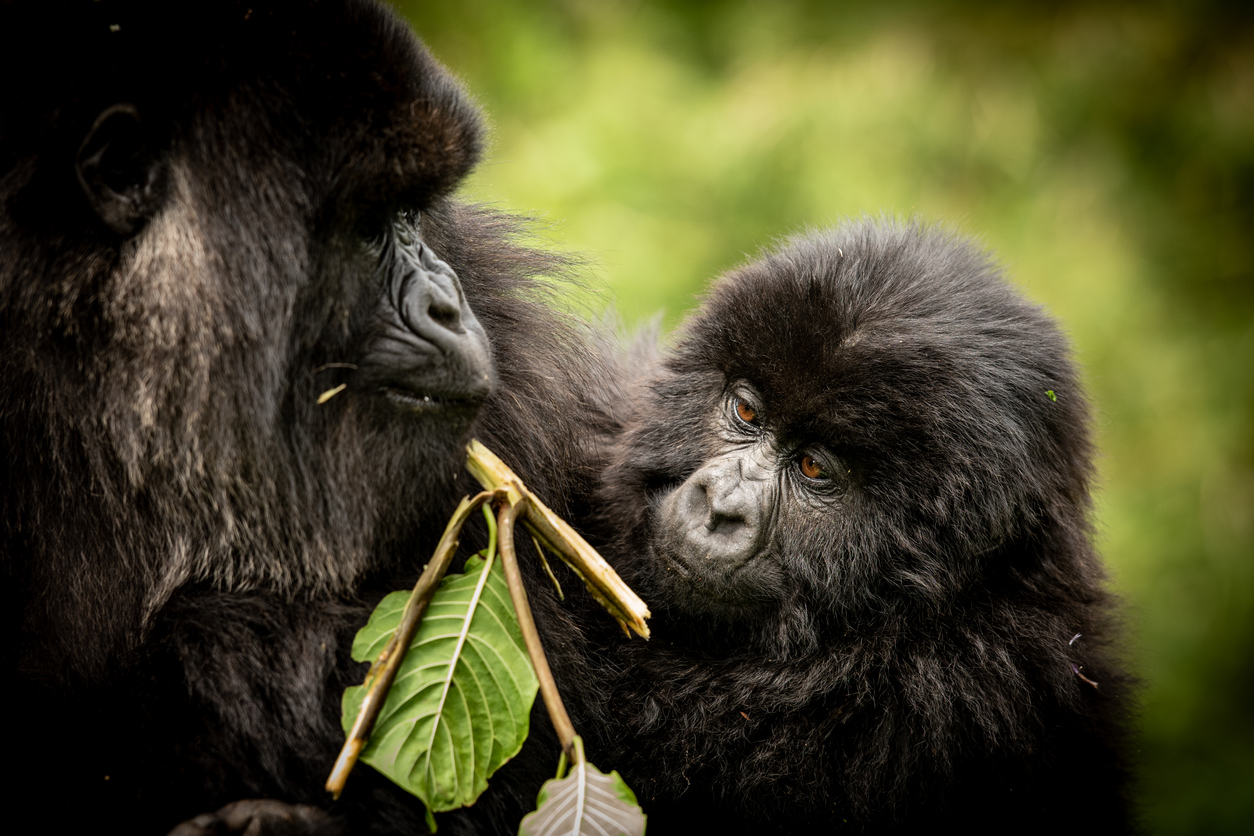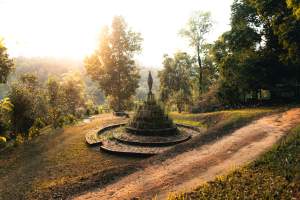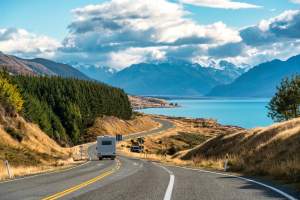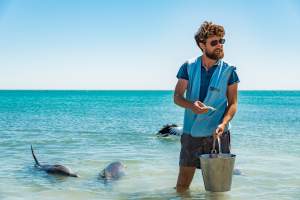
It starts with a hike — quiet, misty, humid. Your boots are caked in volcanic mud. Porters walk beside you, machetes in hand, cutting through vines and bamboo. And then, the guide stops. He gestures. You freeze.
A silverback gorilla is watching you. Calm. Immense. Unbothered. Around him, juveniles play, mothers nurse, the forest exhales. You are no longer just a visitor. You are a witness.
Tracking gorillas in Rwanda isn’t a casual wildlife excursion. It’s personal. Intimate. Expensive. And, when done right, deeply ethical. But it’s also a hot-button topic in conservation circles — a case study in how tourism, money, and endangered species collide.
Here’s a full look at what it’s really like to track gorillas in Rwanda — including the ethics, the costs, and the lasting impact of your presence.
First: Why Rwanda?
There are only around 1,000 mountain gorillas left in the wild. They exist in just three countries: Rwanda, Uganda, and the Democratic Republic of Congo (DRC). Of the three, Rwanda has become the most popular — and arguably the most successful — model for gorilla conservation through tightly controlled tourism.
The experience takes place in Volcanoes National Park, a dense, green, volcanic rainforest that’s part of the larger Virunga massif. This is where Dian Fossey did her pioneering research, and where many of the world’s habituated mountain gorilla families live.
What “Tracking” Really Means
This isn’t a safari drive. You don’t just show up and spot gorillas from a Land Rover. Tracking gorillas involves:
- A briefing at park headquarters
- Assignment to a specific family group (each group is visited by only one small group of humans per day)
- A hike into the forest — sometimes 30 minutes, sometimes 4+ hours, depending on where the gorillas are
- A strictly limited one-hour visit once the group is located
And when you’re with them, there are no fences, no platforms, no viewing blinds. Just you, your group (max 8 people), and a 7-meter buffer — which the gorillas often ignore.
The Cost (and Why It’s So High)
As of 2025, a Rwanda gorilla permit costs $1,500 per person for one hour of contact. It’s one of the most expensive wildlife experiences in the world. Here’s where that money goes:
- 10% to community development — funding schools, clinics, and infrastructure for communities near the park
- Funding ranger salaries and anti-poaching patrols
- Conservation science — gorilla health monitoring, DNA tracking, habitat management
- Tourism infrastructure that enables low-impact, high-value visitation
This pricing model is intentional: fewer tourists, higher fees = reduced impact + greater funding. It’s a strategy that’s worked — gorilla numbers have been steadily rising.
Uganda offers a more affordable alternative (permits are $700), and the DRC is cheaper still (~$400), but Rwanda’s infrastructure, safety, and conservation programs are world-class.
The Ethical Considerations
The ethics of gorilla tourism are complicated — but not murky.
The good:
- Controlled, well-regulated access means the gorillas are not harassed or exploited.
- Habituation is done slowly and carefully, over years, with trained researchers.
- Strict rules (no flash, no touching, no sick visitors) protect gorillas from human diseases — a huge risk for these genetically close relatives.
- Local communities benefit, reducing human-wildlife conflict.
The questions:
- Does human presence — even respectful — still stress the animals?
- Is the $1,500 price tag excluding people from understanding these creatures?
- Are we commodifying a species, turning them into a luxury attraction?
The truth: Rwanda walks this ethical line better than most. It’s not perfect. But it’s one of the best models we have for wildlife tourism that actually funds protection instead of exploitation.
The Human Side: Porters, Guides, and Community Impact
When you sign up, you’ll be offered the chance to hire a porter. Do it. Not just because the hike is tough, but because this is how local people — many of whom used to rely on logging or poaching — now make a living.
Your guide will be highly trained in both gorilla behavior and guest management. Many have decades of experience. Rangers carry radios and sometimes rifles — not for gorillas, but for forest elephants and buffalo.
A portion of your permit directly supports local communities, and many nearby lodges, restaurants, and cooperatives are run by former poachers turned stewards. The ripple effect is real.
The Experience: What It Actually Feels Like
It’s hard to describe, because nothing else compares.
When you find the gorillas, the air changes. You speak in whispers. You move slowly. You’re acutely aware of every breath. The silverback may look straight at you. He knows you’re there. He’s choosing to let you stay.
Young ones wrestle. Mothers glance at you, then ignore you. The forest closes in — it’s green, alive, and close. You hear chewing. Snapping branches. Gentle grunts. No barriers. No distractions. Just presence.
That hour feels like a minute. And it stays with you forever.
Physical Requirements
- Moderate fitness is needed — the altitude, steep terrain, and humidity make even short hikes strenuous.
- Trails are not maintained. You will climb over logs, duck under vines, and slip in the mud.
- Weather changes fast. Dress in layers. Waterproof boots and a poncho are non-negotiable.
Porters can assist with backpacks, help with footing, and pace the group — they’re there to make sure everyone can complete the journey safely.
Best Time to Go
The gorillas are always there, but conditions vary:
- Dry season (June–September) – best weather, most popular, higher prices at lodges
- Short rains (October–November) – fewer crowds, lush landscapes
- Wet season (March–May) – muddy, more challenging hikes, but still rewarding
Permits sell out months in advance, especially in the dry season. Plan early.
What You Won’t See in the Brochures
- You might cry. A lot of people do. It’s overwhelming.
- You won’t want to leave. One hour feels criminally short.
- You’ll never look at a zoo gorilla the same way again.
- You’ll gain a new respect for conservation that’s rooted in complexity — not just good intentions.
Tracking gorillas in Rwanda is not cheap, easy, or glamorous. It’s muddy, intense, emotionally raw, and worth every step, every dollar, every moment.
It’s a masterclass in conservation done right — where wild animals stay wild, local communities benefit, and the money tourists spend actually protects what they came to see.
You come for the gorillas. But you leave with something else: a deeper understanding of what it means to share this planet — and to protect the wild without needing to possess it.







